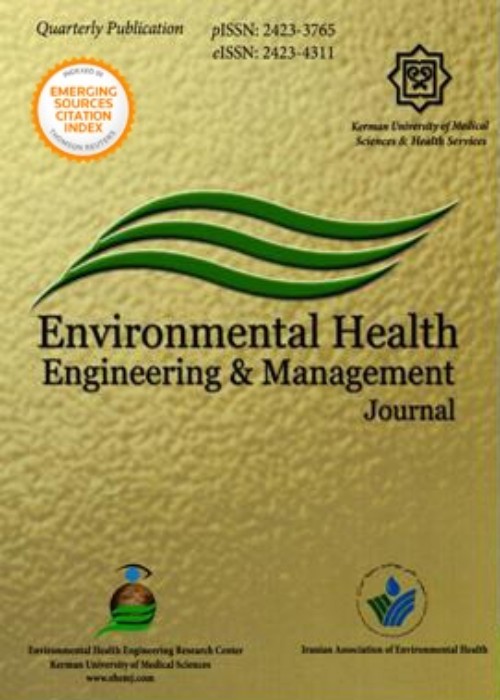Effect of hydrocarbonic pollutants on the stability and soil water repellency intensity: A case study in Bandar Abbas Oil Refinery, Hormozgan province, Iran
The contamination of soil and water with hydrocarbonic pollutants is a major environmental problem. Soil water repellency will interrupt water infiltration, and may decline plant growth and potentially trigger soil erosion. The aim of this study was to investigate the effect of soil and water contamination by oil on soil water repellency, where the soil has been oil-contaminated due to mismanagement of the lands surrounding the refineries, and many of the trees in the area have dried up.
Water drop penetration time test (WDPT) was performed on contaminated soils. To investigate the effect of the surface water contamination on soil, handmade soil samples were collected and successive dry/wet cycles were applied to them by contaminated and non-contaminated waters. Subsequently, soil water repellency tests, including molarity of ethanol droplet (MED), water and ethanol sorptivity were performed on soil samples. The soils were passed through a 2 mm sieve after being air-dried and the soil texture was determined by pipette method. The SWR was measured by WDPT in the area contaminated with petroleum compounds and 7 to 10 replicates were assigned to each location. In order to determine the effect of water contamination on the area soil and to measure water repellency in the laboratory, disturbed soil samples (36 samples) with a bulk density equal to 80% of the reference bulk density were prepared.
The results showed that soil oil-contamination causes water repellency, increased WDPT, a significant increase in water repellency index, and a significant decrease in cosθ at the level of 0.001. The effect of water contamination on the indices and cosθ were statistically significant at the 0.001 and 1% levels, respectively. Therefore, contaminated water increased the water repellency of the soil after successive dry/wet cycles.
Significant positive correlations between organic and water repellency indices and significant negative correlations between cosθ and organic indices indicate the effect of oil-contamination of water and soil on creating and increasing the intensity of soil water repellency.
- حق عضویت دریافتی صرف حمایت از نشریات عضو و نگهداری، تکمیل و توسعه مگیران میشود.
- پرداخت حق اشتراک و دانلود مقالات اجازه بازنشر آن در سایر رسانههای چاپی و دیجیتال را به کاربر نمیدهد.



